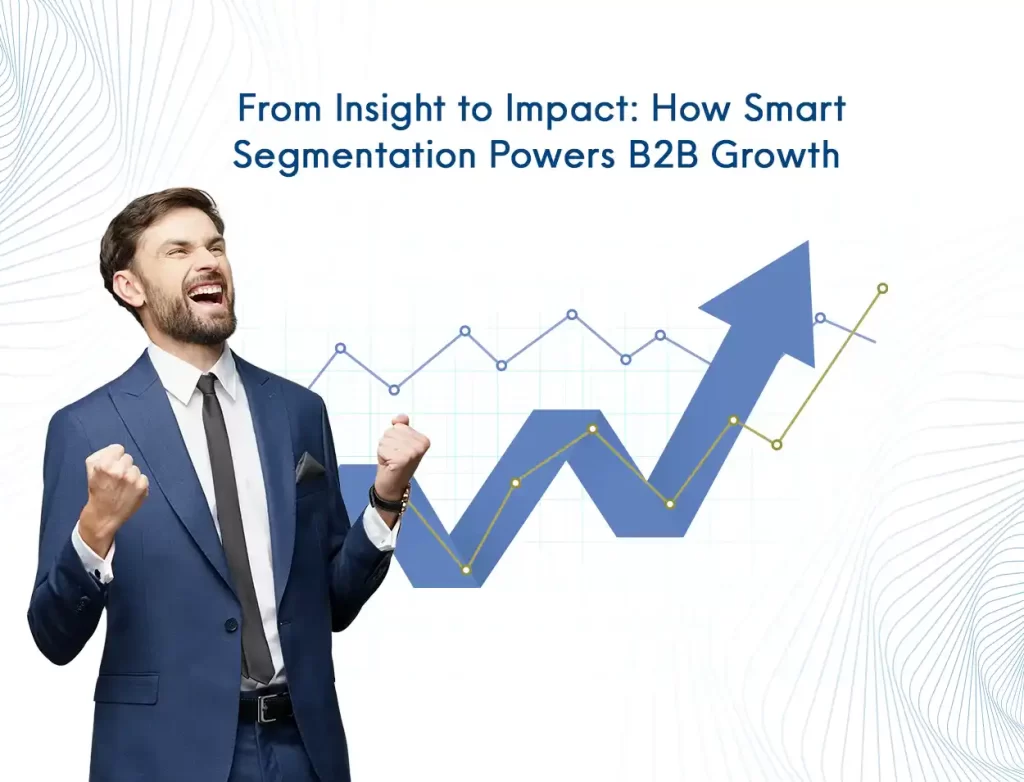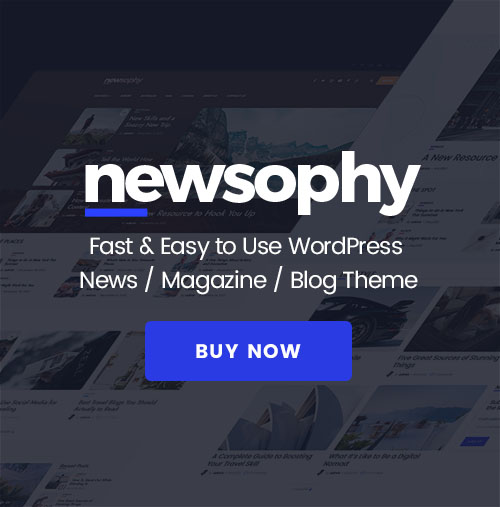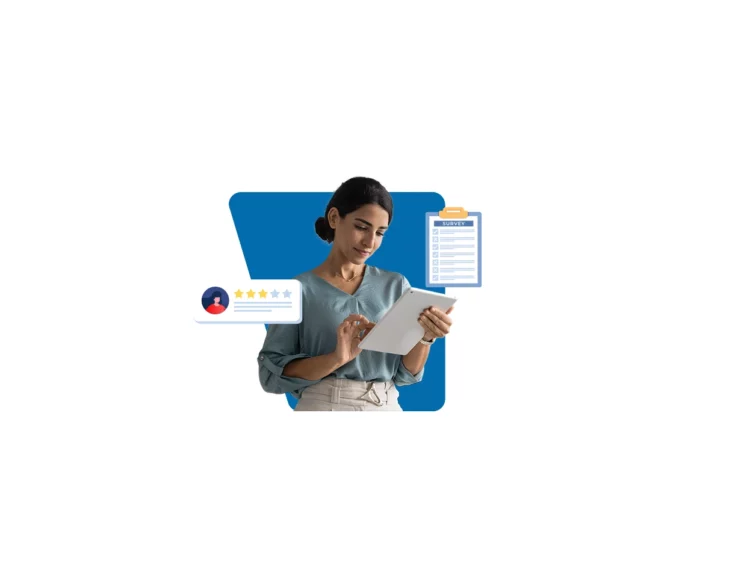When Meta set out to revamp its advertising strategy for a key international campaign, it wasn’t reach they were after — it was relevance. The real challenge? Pinpointing and engaging a highly niche B2B audience of decision-making advertisers in a time-sensitive market.
That’s where smart segmentation made the difference.
By identifying the right mix of firmographic, behavioural, and needs-based attributes, Borderless Access helped Meta zero in on exactly the B2B panel that mattered. This precision targeting allowed them to gather real-time insights, tailor their messaging, and activate strategies that spoke directly to their audience’s mindset and business goals.
The result? Actionable feedback at speed, measurable ROI, and a campaign that scaled efficiently — not by shouting louder, but by speaking smarter.
And that’s the untapped power of B2B segmentation.
The Future of B2B Segmentation is Layered, Not Linear
Segmentation in B2B isn’t about sorting companies into buckets — it’s about uncovering decision-making dynamics that move the needle.
Unlike B2C, where buyer personas often revolve around lifestyle and emotion, B2B segmentation must account for multi-stakeholder journeys, longer cycles, and layered motivations. A single “segment” might contain multiple influencers, gatekeepers, and end users — each with distinct priorities.
That’s why B2B leaders are moving beyond static categories — and building segmentation strategies grounded in real-world attributes that reflect how businesses actually operate, buy, and evolve.
The New-Age Segmentation Stack — Powered by Real-World Attributes
At Borderless Access, segmentation isn’t built on assumptions — our B2b research panels is powered by precision. Our B2B panel ecosystem captures rich, granular attributes across industries, functions, and decision-making layers, enabling businesses to move from basic profiling to strategic personalization.
At Borderless Access, segmentation isn’t built on assumptions — our B2b research panels is powered by precision. Our B2b panel ecosystem captures rich, granular attributes across industries, functions, and decision-making layers, enabling businesses to move from basic profiling to strategic personalization.
Here’s how our data-backed segmentation framework delivers actionable insights:
Firmographics — The Foundation, Not the Finish Line: Go beyond just size and sector. With access to attributes like business type, industry segment, revenue, and employee count (across both global and local levels), we help brands create multi-dimensional firmographic profiles that anchor deeper segmentation.
Functional Roles & Decision-Making Power: We capture the nuances that matter — from job title, primary role, to HR function, to purchase influence and decision-making authority. This allows for account-based strategies that target not just companies, but the exact roles within them that drive outcomes.
Industry-Deep Segmentation: From Oil & Gas to EdTech, our panels span 20+ industries including consulting, telecom, media, and consumer goods. But we do not stop at sector names — we enable segmentation by vertical-specific variables like:
- Developer roles in IT
- Legal functions in law firms
- Primary roles in real estate or transport
- Physician specialties in healthcare
This lets businesses hyper-target with contextual relevance.
Technographics — Built-In Intelligence on Tech Maturity: Knowing your buyer’s tech stack is not just for integrations — it tells you how digitally mature they are, what tools they rely on, and how change-ready they might be. We track the digital DNA of businesses — covering:
- Type of IT professional
- Core responsibilities across cloud, data, AI, network, software, and infrastructure
- Tech stack usage and readiness
This helps companies align solutions to actual digital environments and transformation stages.
Psychographics & Behavioural Signals: Not all businesses with the same profile behave the same. Some are disruptors; others are risk-averse. Understanding organizational mindset — their appetite for innovation, openness to change, or leadership value Our segmentation also includes behavioural attributes like:
- Buying patterns
- Engagement triggers
- Innovation appetite
- Risk posture and change orientation
Combined, this helps brands tailor outreach not just by who the business is, but by how they think.
From Insight to Impact: How Smart Segmentation Powers B2B Growth

Effective segmentation isn’t just about defining audiences — it’s about driving outcomes. When done right, it becomes the invisible engine behind sharper strategies, stronger pipelines, and smarter innovation.
Here’s how the segmentation stack we just explored translates into measurable business impact — while helping leaders sidestep common pitfalls along the way:
Enhanced Acquisition & Retention — by Knowing Who Matters
Granular firmographic and functional segmentation helps you identify high-potential accounts, while behavioural and needs-based data ensures you’re not just acquiring customers — you’re acquiring the right ones. The result? Better targeting, higher conversion rates, and longer-lasting relationships.
Without precision, businesses waste budget on broad targeting. Advanced segmentation ensures every touchpoint is intentional — not accidental.
Personalized Marketing & Sales — at Scale
Knowing your buyer’s role, industry, mindset, and tech landscape means you can personalize campaigns without overextending resources. Whether its content tailored to a CIO’s cloud priorities or messaging aligned to a CFO’s cost-saving concerns — segmentation turns mass outreach into meaningful engagement.
B2B personalization often gets stuck between being too vague or too resource heavy. Smart segmentation balances granularity with actionability, making scale and relevance possible — together.
Product Innovation — Driven by Real Needs, Not Assumptions
Needs-based and behavioural segmentation uncovers emerging gaps and unmet demands. It tells you not just what the market looks like, but what it’s missing. This enables product teams to innovate faster — and with higher commercial success.
Without the right insight inputs, innovation becomes a guessing game. Segmentation rooted in real-time, real-world data reduces risk and sharpens product-market fit.
Strategic Focus — Aligned with Business Objectives
When segmentation is tied to real business attributes — like decision-maker role, digital readiness, or sector-specific challenges — it becomes easier to align go-to-market efforts with broader organizational goals.
Misalignment often stems from siloed segmentation efforts. Borderless Access helps ensure your segments do not live in a deck — they power every stage of the business cycle, from planning to execution.
The Future of B2B Growth Starts with Smarter Segmentation
In today’s B2B ecosystem, segmentation is not just a research tool — it’s a strategic engine for growth.
Businesses that lead are those that go beyond static targeting and embrace agile, insight-led segmentation models that evolve in real time. As buyer journeys become more complex and markets more fluid, the future of segmentation lies in:
- Predictive analytics that anticipate buyer intent before it surfaces
- Hyper-personalization that adapts messaging to individual decision-makers
- Real-time segmentation that shifts with changing business signals
To keep pace, segmentation must become a living strategy — one that combines human intelligence with machine learning, and data depth with contextual nuance.
At Borderless Access, we are already enabling this future.
With one of the most diverse, high-quality B2B panels in the industry, we empower brands to act faster, target sharper, and grow smarter — no guesswork, no wasted spend.
Ready to future-proof your segmentation strategy with best B2b research panel? Download our B2B Panel Book to see how we help global brands turn insight into impact — at scale.
FAQs
1. Why is segmentation more complex in B2B markets compared to B2C?
B2B segmentation involves multiple stakeholders, longer buying cycles, and layered decision-making. Unlike B2C, you’re targeting entire organizations with diverse roles and priorities — making precision and context essential.
2. What are the most effective types of B2B segmentation?
The most impactful approaches combine:
- Firmographics (industry, size, revenue)
- Function & Role (decision-making power)
- Behavioral (engagement patterns)
- Needs-Based (pain points, value drivers)
- Technographics (tech maturity)
- Psychographics (mindset, innovation appetite)
These work best when blended into dynamic, insight-driven profiles.
3. How can AI enhance B2B segmentation strategies?
AI enables real-time, predictive segmentation by uncovering patterns in buyer behavior, identifying micro-segments, and adjusting strategies on the fly — turning static data into actionable insights.







